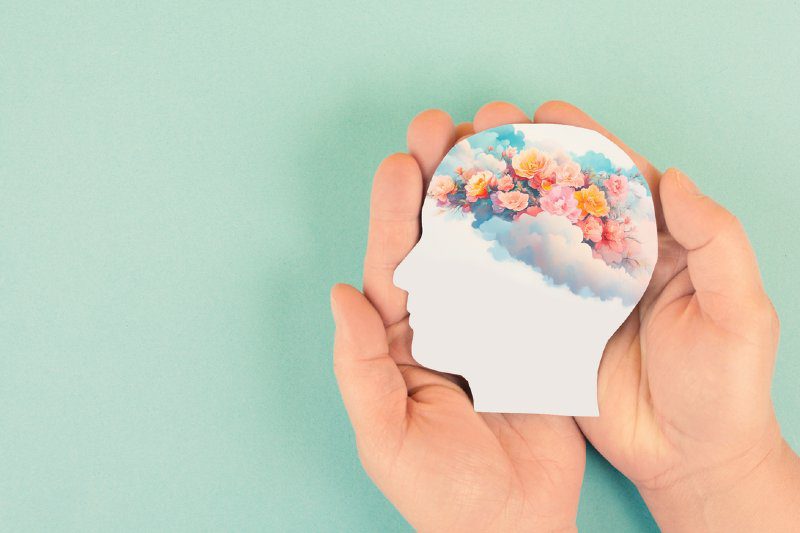In this blog, we’re diving into the colour psychology in Charity website design. Colours do more than make websites look pretty. They shape how people feel and act when they visit a charity’s website. Every colour sends a message to the brain, and this message happens in seconds, before someone even reads a single word. For charities looking to build trust and encourage donations, understanding the colour psychology in charity website design is essential.
Understanding Colour Psychology
The human brain processes colours faster than text. Different colours trigger different emotions and reactions.
When someone lands on a charity website, colours help them decide if the organisation feels trustworthy. They influence whether a visitor will stay, explore, or leave immediately. Good charity website design uses this knowledge to create better connections with supporters.
Blue Creates Trust and Reliability
Blue appears on many charity websites for good reason. It creates feelings of trust, stability, and professionalism.
Healthcare charities, educational organisations, and environmental groups often choose blue. The colour makes people feel safe about donating their money.
However, blue is popular among many charities. Adding a secondary colour helps an organisation stand out. Without this contrast, the charity website design might blend in with countless other sites.
Red Drives Urgent Action
Red catches attention immediately. It creates feelings of urgency and excitement in viewers.
This colour works well for donation buttons, emergency campaigns, and calls to action. Charities focused on social justice or crisis relief often use red effectively.
The key is balance. Too much red overwhelms visitors and feels aggressive. Strategic placement of donation platform buttons or important announcements works best.
Green Represents Hope and Growth
Green connects with nature, renewal, and positive change. Environmental charities and community-focused organisations benefit most from this colour.
Visitors see green and feel hopeful about making a difference. This emotional connection matters when encouraging people to support a cause.
Green also works well for highlighting success stories and positive outcomes. It reinforces the message that change is possible.
How Colours Work as a Team?
Colours don’t work alone on websites. They combine to create an overall feeling.
Research involving five experiments found that pairing colours with emotional appeals significantly affects donation behaviour. We can apply this research results to better understand colour psychology in charity website design. When colours match the message, people engage more deeply with the content.
For example, warm colours like orange pair well with urgent messages about people needing help. Cool colours like blue work better for calm, informative content about long-term projects.
Making Websites Accessible for Everyone
Good charity website design must work for all visitors, including those with vision difficulties.
People with colour blindness struggle most with red and green combinations. High contrast between colours solves this problem.
Accessible design isn’t just considerate. It’s practical. When more people can use a website easily, more people can donate and volunteer.
Moving Forward: Understanding Colour Psychology in Charity Website Design
Colour psychology combines science with creative design. When you apply colour psychology in your website design properly, it creates websites that feel welcoming, trustworthy, and action-focused.
A charity website serves a purpose beyond looking attractive. It needs to make visitors feel connected to the mission. When people feel the right emotions, they donate, volunteer, and share the cause with others.

